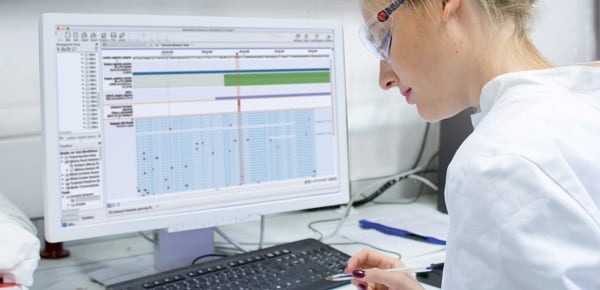


















Here at QIAGEN, we frequently fine-tune our solutions to better serve and support our customers in the international research and clinical communities, so they can continue to advance science and patient care. Changes range from minor tweaks — like bug fixes — to entirely new capabilities, like new templates or plugins. If you missed any of our recent updates about new features and capabilities of our line of bioinformatics solutions, here’s a brief roundup of some of the highlights you might want to know about.
This fall, we announced that our CLC Genomics Workbench 11 can be used as a genome browser to share, view and explore NGS analysis results, with no license required. This release also includes faster speeds, improved trimming and updated executables. We also released Biomedical Genomics Workbench 5, which debuted the QIAseq Targeted Panel Analysis plugin. This plugin enables accurate identification of genetic variants with ease, offers a user-friendly interface to simplify QIAseq data analysis, and introduces unique molecular indices and advanced algorithms to improve the accuracy of variant calling. The fall release of Ingenuity Variant Analysis included improvements to the Phenotype Driven Ranking feature by offering further sub-ranks for variants with identical scores. For QCI Interpret for Hereditary Cancer and QCI Interpret for Somatic Cancer, we introduced four new changes, including alignment of AMP/ASCO/CAP interpretation and reporting guidelines, increased flexibility, improved reporting templates and the ability for lab managers to set up groups. We also released updates that comprise the genome interpretation sector of our end-to-end sequencing solution: CLC Main Workbench, CLC Genomics Server 10, CLC Command Line Tools 5 and CLC Sequence Viewer 8.
Overall, we’re delighted to be ending 2017 with our solutions primed to take on even tougher bioinformatics challenges! If you’d like to learn more about one of these solutions or updates, please contact us here.